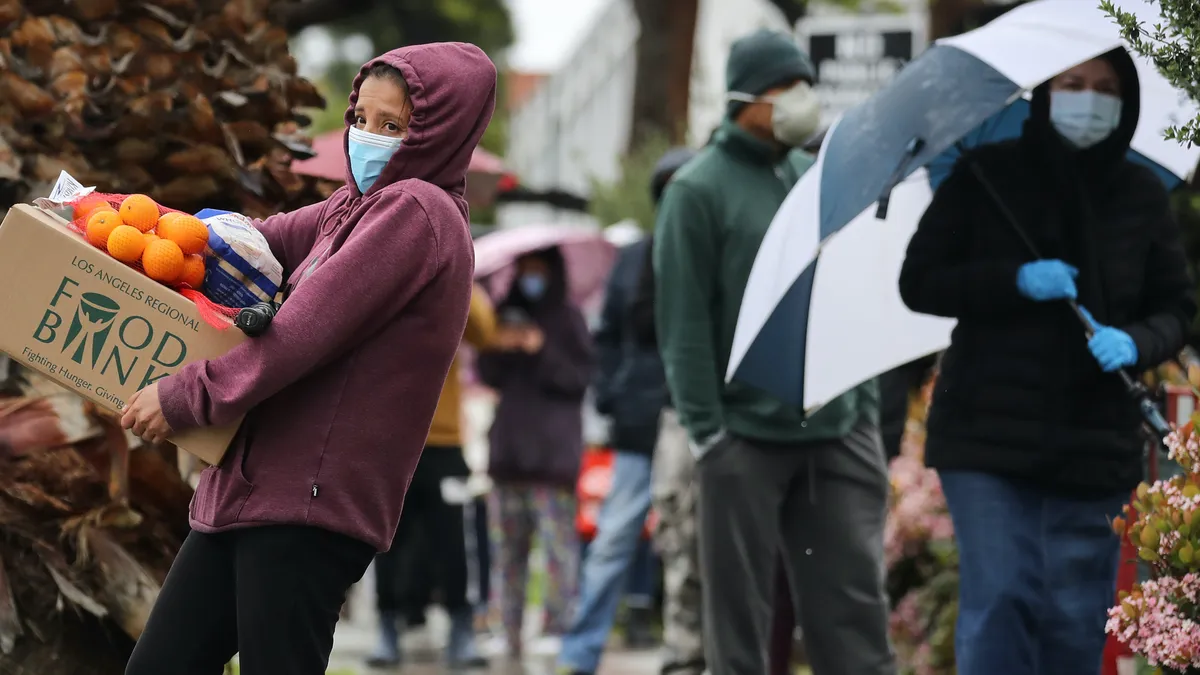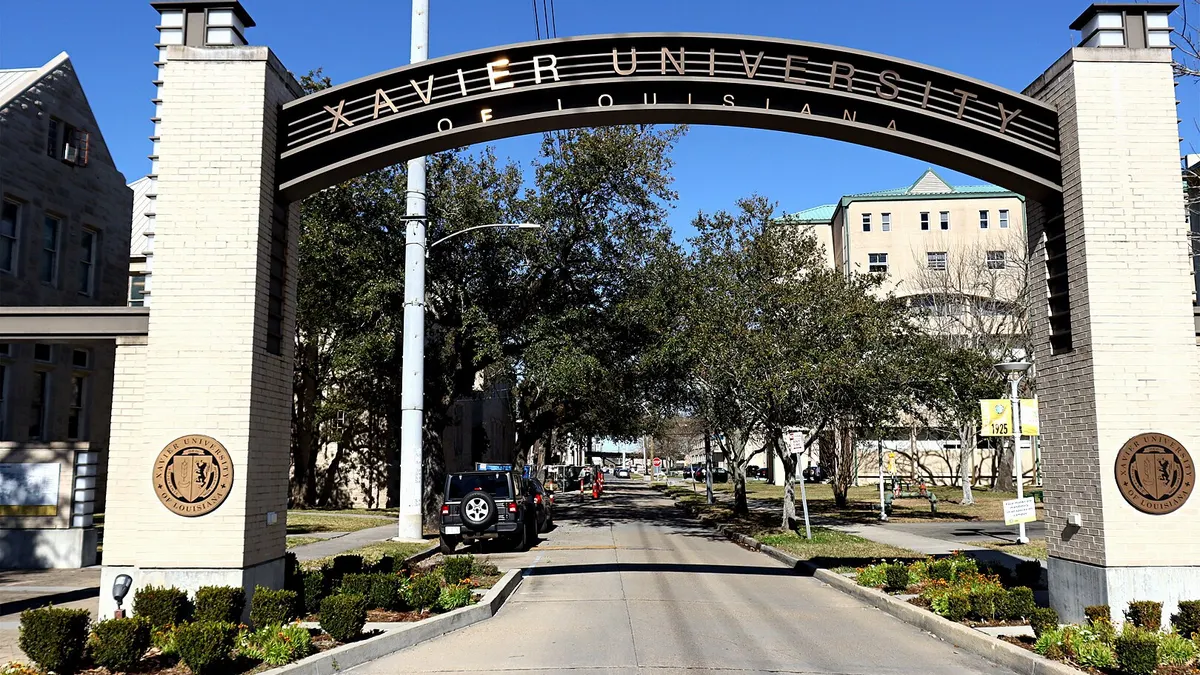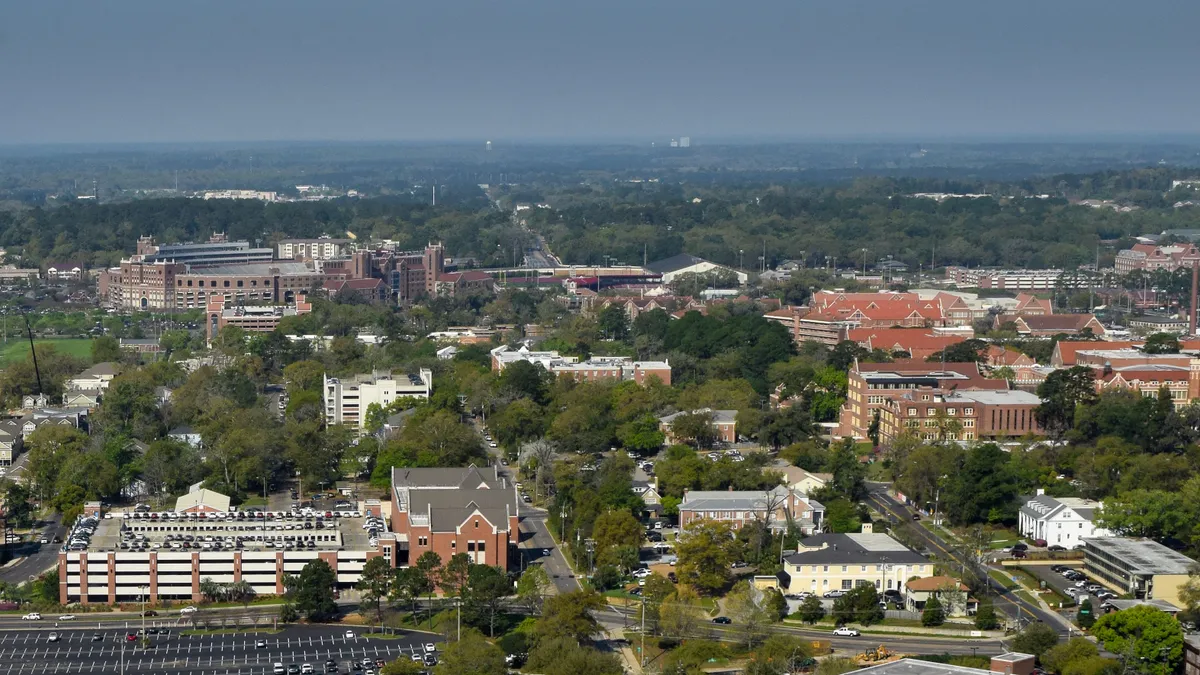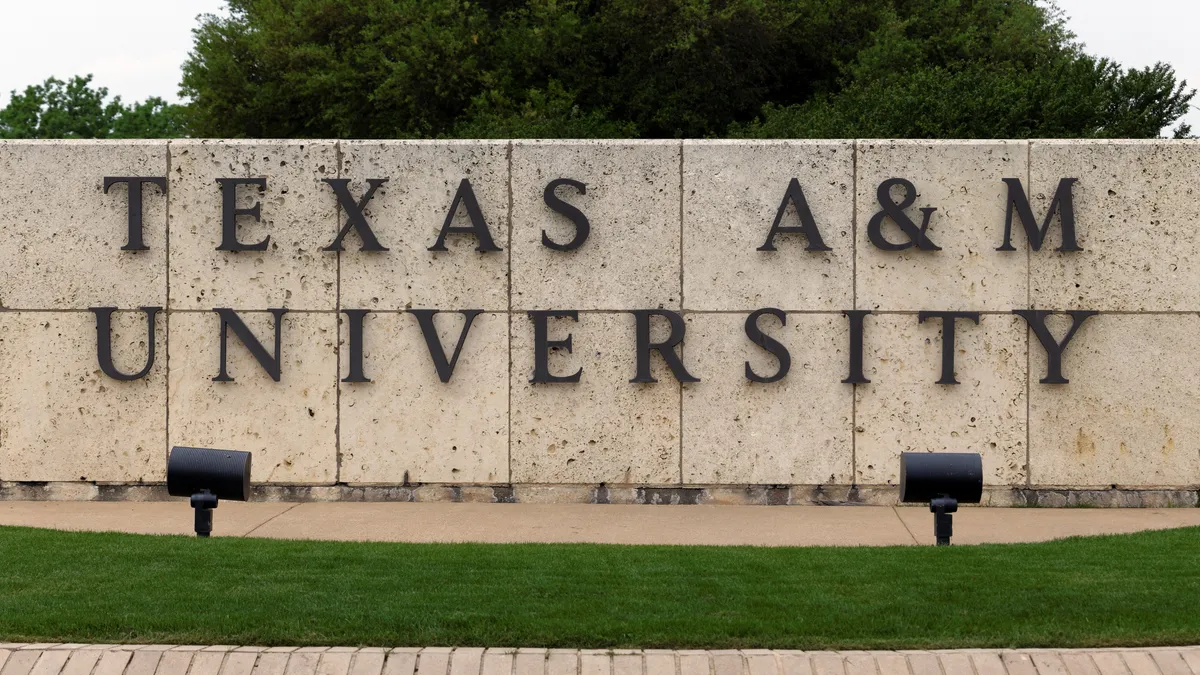As the longest federal government shutdown in U.S. history drags on, student advocates are urging colleges to step up and support those affected by a loss of food benefits.
The Supplemental Nutrition Assistance Program, the government’s largest anti-hunger program, supports about 1 in 8 Americans in an average month. And its funding has never before lapsed during a government shutdown.
However, the Trump administration refused to use emergency funds to sustain SNAP this time, with the U.S. Department of Agriculture in October claiming that "the well has run dry."
Last week, two federal judges ordered the federal government to fund SNAP, at least in part, via emergency reserves during the shutdown. Then on Thursday, one of those judges issued another ruling requiring the administration to fully fund the program by Friday.
But when SNAP recipients will actually receive their benefits is unclear.
The Hope Center for Student Basic Needs, a resource and policy center at Temple University, estimated that 1.1 million college students are affected by the lapse in SNAP, citing 2024 data from the U.S. Government Accountability Office.
Colleges seeking to support affected students should expand their services and regularly communicate updates to their campuses, according to a toolkit published by the center.
Where colleges can make a difference
The Hope Center warned that the recent court rulings ordering the Trump administration to keep SNAP running with contingency funds will not immediately solve the hunger crisis for recipients, who receive their benefits once a month.
"It may take weeks for November benefits to arrive in SNAP recipients’ accounts," the center's toolkit said.
The document, which the center is regularly updating, outlines some programmatic changes colleges can undertake to help mitigate the "damaging effects on student basic needs security during this delay and period of uncertainty."
Colleges that have campus food pantries should extend those services' hours and work to increase the food available, the center said. They should also host donation drives on campus and expand support for emergency aid programs.
To aid these efforts, the center recommended tapping into alumni networks and advancement campaigns.
Institutions can offer direct financial assistance to students, such as through grocery gift cards. And campus dining services can provide discounted or free meals for SNAP recipients, the toolkit said. They can also establish or expand programs that allow students to donate unused meal plan dollars.
At the administrative level, bursars can offer relief by pausing collections on institutional debts or offering waivers to affected students, The Hope Center said.
College leaders can also partner with local businesses, asking that the establishments provide discounts or free meals to affected students and their children, the center said.
While the Trump administration has continued to fund WIC — a federal hunger program specifically for children under age five and women who are pregnant, breastfeeding and recently postpartum — college fathers and students parenting older children are not eligible.
However, it may be difficult for colleges to partner with grocery stores to offer affected students a break on their bill.
The USDA last week warned grocery stores against offering discounts to SNAP recipients amid the lapse in benefits. Doing so without a waiver from the agency could result in the stores losing their ability to accept SNAP funds — a crucial source of income for small grocers and those in low-earning areas.
Communication confusion
Throughout the shutdown, the executive branch's chaotic messaging about SNAP funds has added confusion for students and colleges.
On Tuesday, after the initial court orders, USDA told state and regional leaders overseeing SNAP said it would fund the program with recipients getting at most 50% of their benefits. The agency then said the following day that they would receive up to 65% of their benefits. Neither update gave a timeline for distribution.
But President Donald Trump broke from his administration's message via social media.
SNAP benefits "will be given only when the Radical Left Democrats open up government," he said Tuesday on Truth Social, the platform he founded. Trump also accused the program of being poorly managed and increasing in cost by "Billions and Billions of Dollars" under the Biden administration.
Researchers and hunger relief experts regard the roughly 60-year-old program as one of the most efficient and fastest methods for addressing food insecurity in the U.S. And spending on SNAP decreased to $99.8 billion in fiscal 2024, down 22.2% from three years prior.
White House Press Secretary Karoline Leavitt on Tuesday backpedaled from Trump's post, saying the administration is fully complying with the court order but that it is "going to take some time" for SNAP recipients to receive the funds.
On Thursday, when U.S. District Judge John McConnell Jr. ordered the administration to fully fund SNAP, he said Trump's social media activity “stated his intent to defy the court order," Politico reported. The White House did not immediately respond to questions Thursday.
Amid federal messaging whiplash, The Hope Center said communication is key. Its toolkit emphasized regular and proactive communication from colleges to affected students and their broader campus communities.
All websites advertising food pantries and student resources must be up to date and contain clear, specific information for those seeking help, the center said. It gave the University of Maine System's resource guide as an example of where students could find multiple types of assistance in one place.
If students reach out for help, officials must be prepared to refer them to specific campus resources and to local agencies that can help connect them.





















